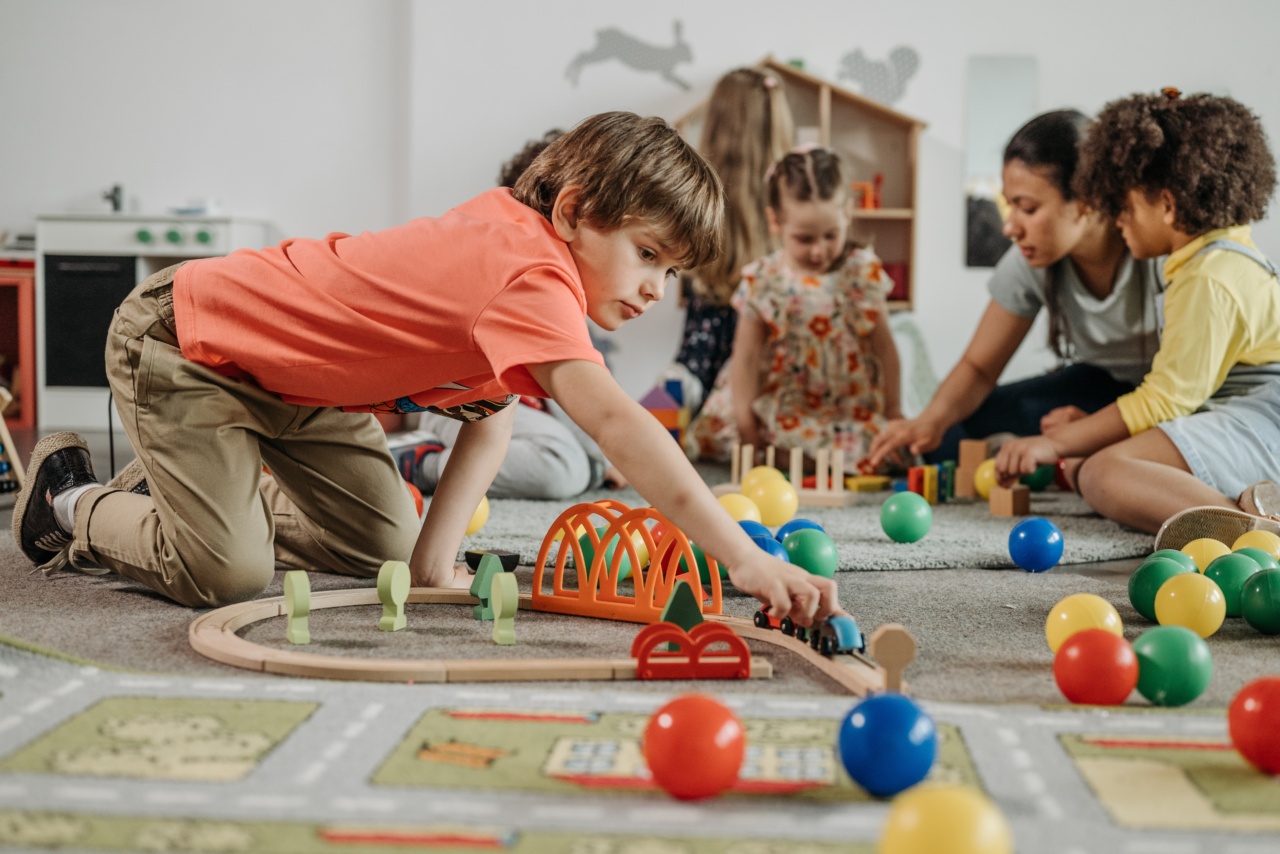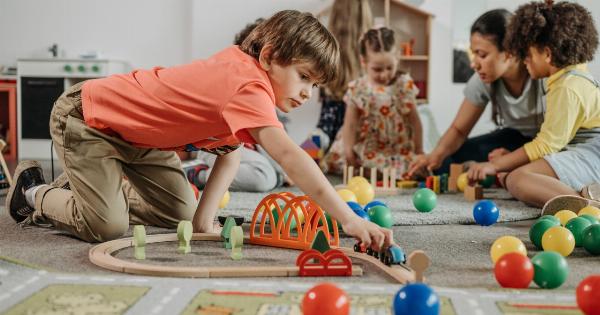When it comes to your toddler’s behavior in the classroom, it can sometimes feel like a constant struggle.
Toddlers are at a stage in their development where they are exploring their independence and asserting themselves, which can lead to challenging behaviors. However, with the right strategies and techniques, you can help improve your toddler’s behavior and create a positive learning environment for everyone involved. Here are some useful tips:.
1. Set Clear Expectations
Establishing clear expectations is crucial when it comes to managing your toddler’s behavior in the classroom. Make sure your toddler knows what behavior is expected of them and the consequences that may result from not meeting those expectations.
Use simple and easy-to-understand language to communicate these expectations.
2. Encourage Good Communication
Teach your toddler the importance of good communication by modeling it yourself. Encourage them to express their feelings and needs using words instead of resorting to tantrums or disruptive behaviors.
Create an environment where your toddler feels comfortable speaking up and being heard.
3. Provide Structure and Routine
Toddlers thrive on structure and routine. Establish a consistent daily schedule that includes regular meal times, nap times, and playtimes. Having a predictable routine helps toddlers feel secure and reduces the likelihood of behavior problems.
4. Use Positive Reinforcement
Positive reinforcement is a powerful tool for shaping your toddler’s behavior. Praise and reward your toddler when they exhibit positive behaviors such as following instructions, sharing, or being kind to others.
This reinforces their good behavior and helps them understand what is expected of them.
5. Redirect Negative Behavior
Instead of focusing solely on disciplining negative behaviors, try to redirect your toddler’s attention towards more positive activities. Provide alternative choices or activities that are more appropriate and engaging.
By redirecting their behavior, you can help them learn self-control and avoid power struggles.
6. Teach Problem-Solving Skills
Teach your toddler problem-solving skills to help them navigate challenging situations in the classroom. Encourage them to think of alternative solutions, consider the consequences of their actions, and find ways to resolve conflicts peacefully.
By empowering them with problem-solving skills, you foster independence and build their self-confidence.
7. Create a Calm and Positive Environment
A calm and positive environment is essential for promoting good behavior in toddlers. Avoid chaotic or overly stimulating surroundings that can trigger disruptive behaviors.
Create a peaceful classroom atmosphere by incorporating quiet corners, calming activities, and soothing music.
8. Establish Relationships with Parents
Developing a strong partnership with parents is crucial for addressing behavioral issues effectively. Regularly communicate with parents about their child’s behavior, progress, and any concerns you may have.
Encourage open dialogue and collaboration to ensure consistency between home and the classroom.
9. Encourage Physical Activity
Toddlers have boundless energy, and it is important to provide opportunities for physical activity during the day. Incorporate active playtime, outdoor breaks, or structured movement activities.
Physical activity not only helps release excess energy but also supports a toddler’s overall development and well-being.
10. Seek Professional Help if Needed
If you find that your toddler’s behavior is significantly impacting their ability to participate in the classroom, don’t hesitate to seek professional help.
Consult with pediatricians, psychologists, or early childhood specialists who can provide guidance and support tailored to your toddler’s specific needs.


























